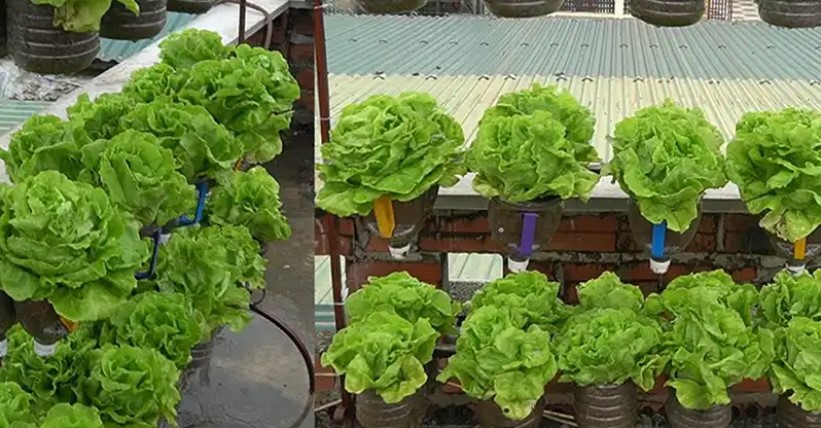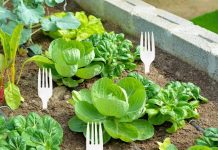If you’re a fan of fresh salads and want to enjoy the crisp, green goodness of lettuce right from your home, container gardening is a fantastic option. Growing lettuce in containers is easy, even for beginners, and it allows you to have a steady supply of this leafy green throughout the growing season. In this guide, we’ll walk you through the step-by-step process of how to grow lettuce at home in containers.

Choose the Right Container
The first step in successfully growing lettuce in containers is selecting the right container. Here are some factors to consider:
- Size: Choose containers that are at least 6-8 inches deep to provide enough space for the lettuce roots to grow. The width can vary depending on your available space.
- Material: Containers can be made of various materials, such as plastic, ceramic, or wood. Ensure the container has drainage holes at the bottom to prevent waterlogged soil.
- Location: Place your containers in a location that receives 6-8 hours of sunlight per day. Lettuce prefers partial to full sun, but it can tolerate some shade.
Select the Right Lettuce Variety
There are several lettuce varieties to choose from, including butterhead, romaine, loose-leaf, and crisphead. For container gardening, it’s recommended to opt for loose-leaf and romaine varieties as they are more space-efficient and well-suited to small containers.
Potting Mix and Planting
- Use a high-quality potting mix that is well-draining and rich in organic matter. Fill your container with the potting mix, leaving about an inch of space at the top.
- Sow lettuce seeds or transplant young lettuce seedlings into the container. For seeds, follow the recommended spacing on the seed packet, typically 4-6 inches apart. If transplanting seedlings, space them accordingly.
- Gently press the seeds into the soil or pat down the soil around the seedlings.
Watering and Maintenance
- Keep the soil consistently moist but not waterlogged. Lettuce prefers evenly moist conditions, so water whenever the top inch of soil feels dry.
- Mulch the surface of the soil with a layer of organic mulch, such as straw or shredded leaves. Mulch helps retain soil moisture and regulates soil temperature.
- Fertilize your lettuce plants with a balanced, liquid fertilizer every 2-3 weeks. Follow the package instructions for the recommended dosage.
Pest and Disease Management
Lettuce can be susceptible to certain pests like aphids and slugs. Monitor your plants regularly for signs of pests or diseases and take action promptly. You can use organic insecticides or apply neem oil to deter common pests.
Harvesting Lettuce
Lettuce can be harvested when the leaves reach a size that you find appealing. You can either harvest individual leaves from the outer part of the plant or cut the entire head at the base. Harvest in the morning for the best flavor and texture.
Conclusion
Growing lettuce at home in containers is a rewarding experience that allows you to enjoy fresh, crisp greens all season long. With the right container, soil, and care, you can have a thriving lettuce garden on your balcony, patio, or even windowsill. So, get started on your container lettuce garden today and savor the taste of homegrown salads. Happy gardening!










